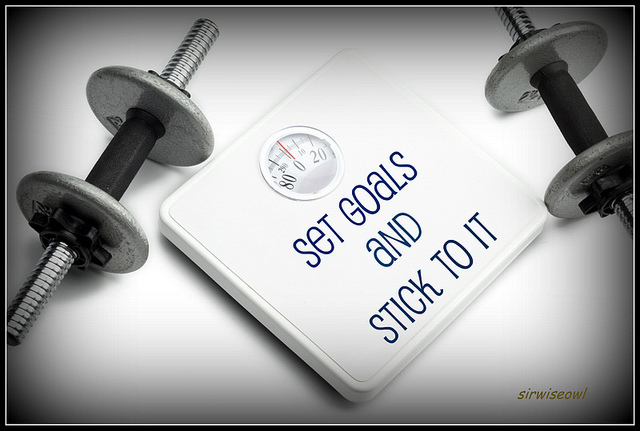A lot of communication systems and methodologies for setting goals work great in smaller teams. While these systems may work initially, as your team starts growing, they start to lose their effectiveness. At some point you will need to abandon them and find new tools and methods for your team.
If your goal setting method doesn’t evolve with the size of your team, than at some point the tool will fail and you’ll see a loss of employee productivity.
Every CEO and team leader welcomes growth. After all, this is what companies are aiming for: to be bigger, more profitable, and better overall. However, fast growth can also send your workplace in to chaos. The bigger your team grows, the harder it is to keep track of what people are working on. And that makes it harder to understand which tasks are being completed.
There is a breaking point.
Working in a start-up where I came in as “employee nr 6”, I strongly believe there is a breaking point. A number of employees where your initial communication system starts to fail. For us, it was when we hired our 15th employee. While work still got done, some tasks and information started to slip. This caused a lot of problems for both our CEO and team members (me included).
And from working with other companies, I can say there are similar breaking points when you reach 100, 500, or 1000 employees. No goal setting technique works the same way in both small and large teams. Communication models need to be altered frequently in a growing company.
What I learned was that in this situation you need to take action fast. There is no point in hoping things will go back to the way they were after new employees have been on-boarded.
Lesson from Google: OKRs.
This is why I like the Objectives and Key Results methodology. While you definitely need to adapt the way you use it to a growing team. Google has proven that it works for teams of any size and helps to keep both start-ups and huge corporations focused on the right goals.
From my personal experience, I can say that it scales well for small, growing companies as well. Adding new people and teams, and assigning them OKRs make it easier for new employees to join the team and become part of the company.
Using Weekdone for setting goals.
Lyle Stevens, co-founder and CEO of Mavrck“, told us that “If you are using an OKRs based management approach, Weekdone is the best tool I have seen for documenting what the objectives are and keeping them all aligned to each other.” OKRs keep your goals in front of everyone and are beneficial for teams of any size.
Weekdone is continuous performance management and goal-setting tool that helps you get a clear overview of what’s going on in your team. It also makes sure your employees stay engaged, productive, and focused.
The OKR system in Weekdone was built to scale with your company to help avoid the problems we went through when growing. It allows you to customize both who has access to your OKRs and on how many levels you use it. You’ll be able to stop playing catch-up and always have all the relevant information in front of you. This makes it an ideal fit for both 5-person teams and 1000-employees companies.
If you feel like your current goal-setting technique is failing or has already failed, you should try OKRs right away. And you can try out Weekdone for free.

